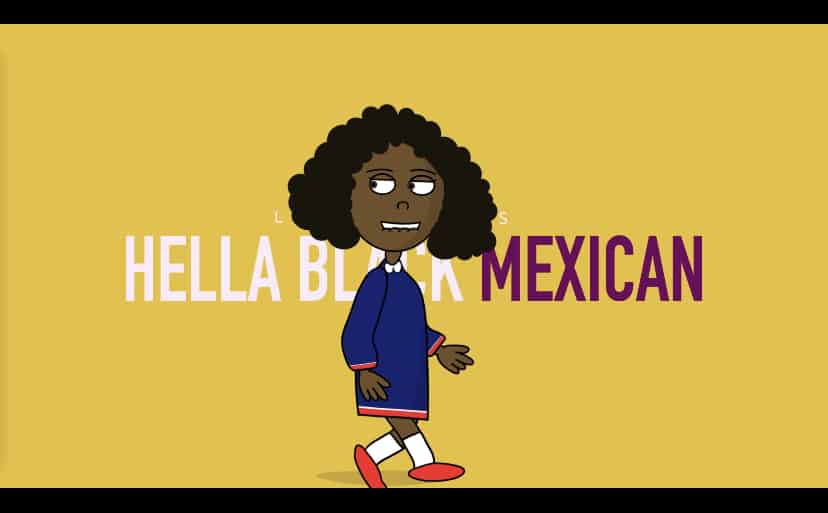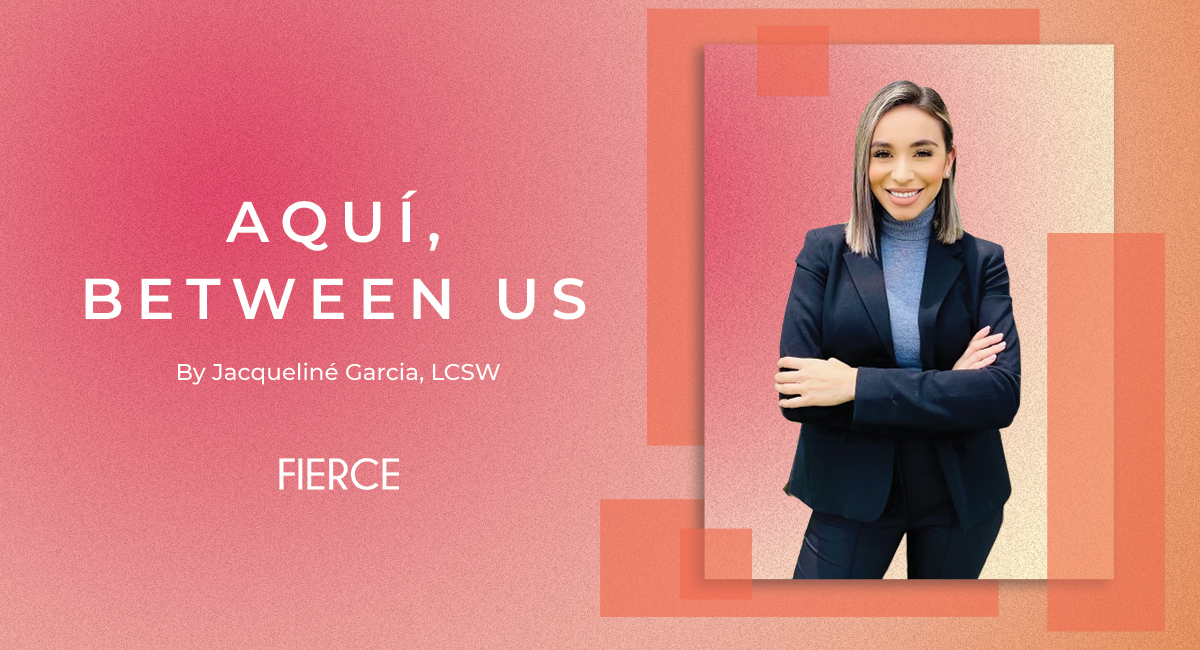How The ‘Hella Black Mexican’ Cartoon Series Is Tackling Race In The Latinx Community
When Ehcrama Marche created Hella Black Mexican, a comedic cartoon about a Blaxican girl growing up in California, she didn’t think too many people would watch it. For the cinematographer, writer and animator, it was a way to explore some of the issues she experienced personally as a Black Mexican-Dominican girl growing up in Montebello. But soon, her witty character caught the attention of big networks, like Comedy Central, who are interested in bringing her DIY YouTube series to television.
Marche, who at the present has decided to keep total control of the project, views Hella Black Mexican as an educational tool, both for her community and herself. “The characters are funny, but I’m also sharing a story. And it’s my story, something I lived through. For years, I didn’t understand how I was Black and Mexican. So I want this to be insightful. And I’m also still learning about my Afro-Latinx culture,” the 23-year-old says.

Hella Black Mexican debuted in March 2020. In its 17 episodes, available with captions in English and Spanish, Marche has tackled racial identity in the Latinx community, anti-Black racism, Afro-textured hair and more. She tries to confront these issues through humor so that the content can be digested lightly by young viewers. In the first episode, for instance, a baby Marche sits in a sandbox with two other Black tots who begin to cry when they believe a white woman, Marche’s Mexican mother, kidnaps her.
“It’s quirky and witty, which I think makes it a good way to introduce racism and stereotypes,” Marche says. “… the comedy provides some relief while you’re checking someone about what racism is and talking about Afro-Latinx issues.”
FIERCE chatted with Marche about Hella Black Mexican, how animation can be used as a tool to address anti-Blackness and her hopes for the series.

Why did you want to create this cartoon series?
It came about because I always wanted to do YouTube videos, and I felt like sharing my story was a good way to engage people. For some reason, people were always amazed that I looked Black and spoke Spanish. I also thought it could be a good way to meet other people like me. Growing up, I didn’t know any Afro-Latinxs or Black Latinxs. It wasn’t until I started this cartoon that I realized there were many even in my own city. So it started as me wanting to do YouTube, but I didn’t want to be on camera. So I was like, let me learn how to animate. I taught myself in a few months. I didn’t go to school for animation. I studied cinematography. With this series, I do everything: writing, animating, producing and editing. It’s just me.
Why do you think a cartoon like this is needed?
It comes off lighter. If it was like a live-action or actual show with live people, it would feel heavier and the jokes might feel weird. I think the fact that kids can watch it and adults can enjoy it at the same time is great. Adults can understand the concept, and kids are intrigued by the cartoon. Cartoons are a good way to market as well. I want this character to be a staple for Afro-Latinxs. I want her to feel like a character that can’t age, though we will see her go from middle school to high school. But I want viewers to feel that connection to a cartoon.

Who would you say Hella Black Mexican is for?
People who are like the protagonist, little Ehcramas, little kids struggling with identity. I really didn’t know how to identify when I was younger. Was I Latina or was I Black. I didn’t know you could be both. And it’s because I was alone, or at least I felt alone. When you don’t have anyone to look up to, you feel like you’re alone. So this is for the kids struggling with identity and a lack of representation. I want them to see themselves.
What kind of issues do you hope to delve into as the series progresses?
This season will end in June, and in the next season she’ll transition from middle school to high school. There, I will dive into colorism. I’ve talked a lot about racism, but I haven’t shown yet how light-skinned Black people are treated differently from dark-skinned Black people. I want to explain how it felt to be Black and wanting to look white like my mom, which was a major issue for me growing up. But I also don’t want to make the whole cartoon focused on the negative aspects of Afro-Latinx identity. I want people to get her personality. My main goal is to find my dad and become a rapper, so there will be more music, more rapping and different characters, including more Black and Afro-Latinx characters.

What has been the most rewarding part of creating this series?
It’s definitely been meeting more people like me. That was the thing growing up: I knew I couldn’t be the only one, but it felt like I was. Now when I wake up in the morning and check my DMs, I have people telling me their stories, teachers saying their students relate to this, parents saying they’re in tears because their daughter is Salvadoran and Black. That’s the most rewarding part. I never thought it would touch people the way it has. That warms my heart. I can’t believe I created something that touches people in this way.
Where would you like to see this series go in the future?
For a while, I dreamed about it getting picked up by Hulu, Netflix or HBO. But after speaking with different networks and studios, and hearing how they wanted to change the characters and stories in a way that isn’t authentic to my experience, it made me want to hold onto the show. I want to keep growing it and hopefully be able to land it someplace where I can keep my creative control. I also want to release merchandise.
As I’m growing the audience for Hella Black Mexican, I’m also working on another cartoon for a short film about an Afro-Latina with powers. I just want to create more content with Afro-Latinxs. You know what Tyler Perry means for African-American audiences? I want to get to that level. I want to get to a level where I can give Afro-Latinxs opportunities to be on TV and share their stories as well.




